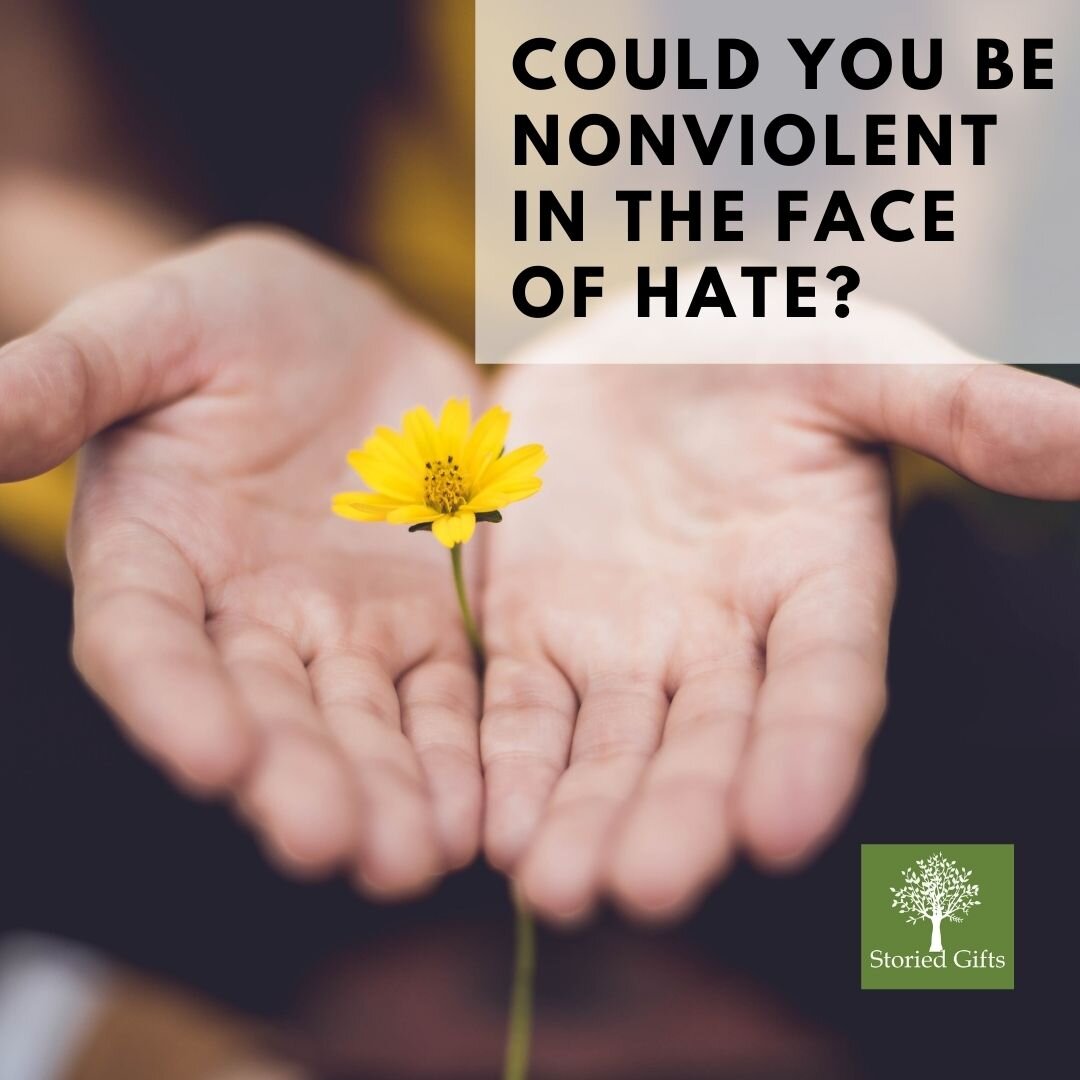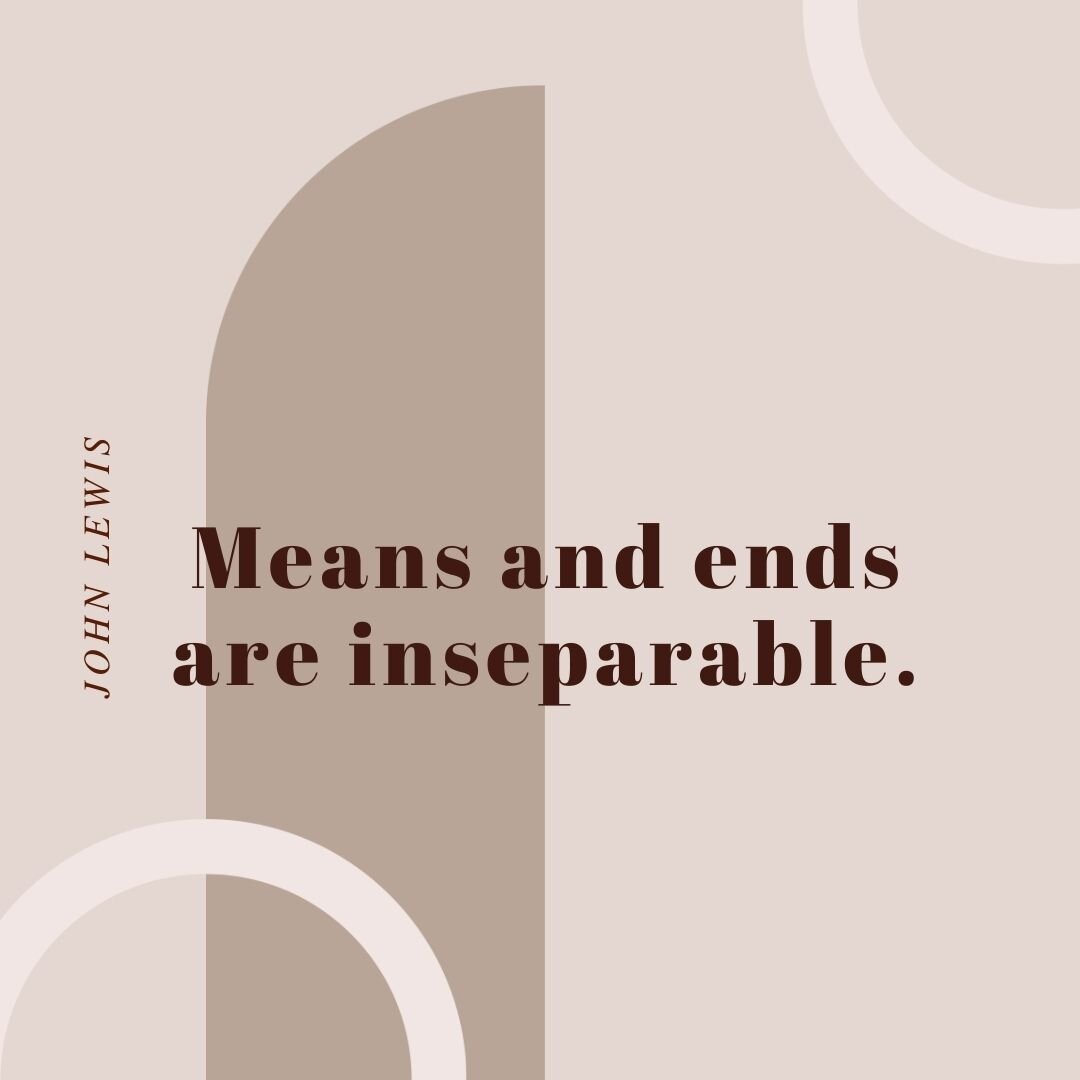Could You Be Non-violent In The Face of Hate? Review of "Walking With the Wind" by John Lewis
Can you open a hand of peace to violence?
Disclosure: There are some affiliate links below, and I may receive commissions for purchase made through the links in the post. However, these are products I highly recommend. I won’t list anything I haven’t tried and found personally useful.
Have you ever been treated unfairly? Has there been a time someone was in your face shouting that you are of no value? Did you tell them they were wrong? Did you lash out? Or did you remain peacefully steadfast in your defiance?
I thought a lot about these questions as I read “Walking with the Wind” by John Lewis. As a woman born in the 1960s, and white at that, I can only imagine the experience of African Americans who lived through segregation.
Lewis makes the effort to help his reader feel the experience, however, no matter their point of reference. He leads us through his memories as a boy growing up in rural Georgia. By way of powerful storytelling,
Lewis explains how he found purpose becoming a key figure in the Civil Rights Movement and eventually a United States Representative. Throughout his memoir, Lewis makes the case that sustainable and lasting change in society can only happen by means of nonviolence.
WE THE VIOLENT
Lewis was coming full into his role as an activist during the Civil Rights Movement. I remember learning about the history of this time in school, which was recent history then.
Much has changed since I was young, however, but not so different that racism is a thing of the past. I recognize that I’m guilty of believing that racism is over, but in recent years I’ve learned how wrong I was.
This Real Lives Book Club selection came at a timely point in the past few weeks as we all watched the news on January 6, 2021 witnessing a mob violently storm the Capitol. We continue to live in turbulent times, and once again we are reminded of our capacity for savagery.
For his part, Lewis asserts in his memoir that violence only begets violence. He staked his entire life on that belief. Throughout his book, and his life, Lewis stands by his truth that we owe each other something better and that government can be an agent for good.
OUT OF HOPELESSNESS INTO LIGHT
Lewis grew up poor in rural Georgia where he didn’t see white people until he was a boy of 6 years old. On his first outing with his father to the town of Troy, Lewis received his version of “the talk” that young black people, particularly males, still receive today. Lewis was told to be careful and steer clear of white people because they were a source of danger.
Lewis saw segregation and Jim Crow in action in town that day—bathrooms, the movie theater, and even public fountains designated for use by race. It was an experience that drove home the message to Lewis that he was not of value in this society.
Lewis watched as blacks subjugated to white people, even stepping aside on the sidewalk when they passed and averting their eyes. He soon realized that his color prevented him from access to a better education, and that his place as a citizen didn’t afford him to check out books at the public library.
Into adolescence, Lewis knew he could not follow in his family’s footsteps as a tenant farmer—a situation he told his parents was hopeless. In 1957, he was fortunate enough to secure the opportunity to attend American Baptist Theological Seminary (ABT) based in Nashville, and he quickly planned to become a minister.
A MAN FOR CHANGE
Lewis paid attention to the winds of change in the African American community in the United States in the early 60s. His generation heard the news that transformation was possible and happening all over the world.
People were rising up and wanted to help make a difference. Leaders such as Martin Luther King, Jr. spoke to people hungry to see equality for all.
Inspired, Lewis attempted to launch a National Association for the Advancement of Colored People (NACCP) on campus at ABT. He was dissuaded to do so by the dean of the college who feared the loss of donations from white donors.
Lewis then tried to break the color line at Troy University in Georgia where he applied to attend. He sent his transcripts and letter to the University but never received a response. His effort garnered the attention of Dr. King, however, and Lewis met the man he admired for the first time in 1958.
In the fall of that year, his second at ABT, Lewis attended a study group comprised of both black and white students that met each week. They learned the tenants of other religions and in particular about the nonviolent movement of Mahatma Gandhi on which Reverend King based his philosophy.
In time, they formed the Students Nonviolent Coordinating Committee (SNCC). It would be an association that changed the course of Lewis’s life forever.
The group began to prepare for their first nonviolent protest campaign to address the segregation still in Nashville at restaurant counters where blacks were not allowed service.
SNCC planned a sit-in at lunch counters at department store restaurants throughout the city. The students were aware their resistance could lead to violence from onlookers, so they practiced enduring an abusive response. Students took turns as silent protestors and the potential mob that might lash out.
The protests persisted for weeks, and finally caught the attention of the city government. SNCC learned that press coverage was a vital piece of their efforts to help build awareness and buy-in from others. The Nashville protests were fruitful in integrating the city.
UNDER FEAR OF DEATH
Emboldened, SNCC decided to challenge the non-enforcement of the United States Supreme Court decisions which ruled that segregated buses involved in interstate transport were unconstitutional. SNCC deployed Freedom Riders—both black and white students—to sit on buses and disregard the color seating color restrictions.
They knew this protest was likely to lead to violence against them, not to mention incarceration and even the risk of death. The Freedom Riders were soon subjected to mob beatings as the police looked the other way.
The Freedom Riders hoped that news of the incidents would reach the Kennedy Administration and the federal government would intervene. After all, the integrated transportation on buses was a federal mandate, and it was these state Jim Crow laws that thumbed their finger to federal oversight. (Sound familiar?)
The Freedom Rides came to a head in Birmingham, Alabama on Sunday May 14, in Anniston Alabama, when a mob of Klansman attacked a bus filled with Freedom Riders. They forced the bus to stop several miles out of town and threw in a firebomb.
As the bus burned, the mob held the doors closed intending to trap the riders inside. Either because of a fuel tank explosion on the bus or some other unknown reason, at the last moments the mob stepped away from the door and passengers were able to flee.
The situation finally caused the Kennedy’s to intervene although their response to the demands of the SNCC were tepid. Lewis was intending to be on that bus, but because of a last-minute conflict wasn’t a passenger. His encounters with danger would come with other protests.
SHIFTS AND INFIGHTING
Lewis explained the dynamics and political struggles happening within the Civil Rights Movement as groups and the movement gained more prominence. Organizations which were in theory working for the same cause, turned out to have differing agendas, and were striking out to be influential and win resources.
SNCC was built on the premise that leadership was shared, and that nobody was intended to a leader, but leadership was meant to speak for the group instead. However, with time personalities emerged that vied for recognition and power, and after several years Lewis was pushed out of a chairman role from the organization which he took as a personal blow.
Over time, other organizations and even those members within SNCC questioned the value of nonviolence. The Black Power Movement with leader Malcom X and a militant message rose in prominence.
I was surprised to learn that the Kennedys and then Lyndon Johnson were slow, almost reluctant, to stand with the Civil Rights Movement as they weighed the political advantage and disadvantage of doing so.
AN ICONIC TERRIBLE YEAR
As sad as January 6, 2021, will be in our history, 1968 was an entire year of terrible events in the U.S. The Vietnam war was raging and hugely unpopular. Protestors against the war, the government, and the draft often clashed with the police.
Use of the military and the young men who served also revealed inequality, because African Americans were dying in larger numbers than their white counterparts. In 1965, nearly a quarter of the troop casualties were black men.
On April 4, 1968 Martin Luther King was assassinated, and within months on June 6, Bobby Kennedy was shot and died as well. Lewis was working on the Kennedy campaign at the time and relates the devastation that everyone felt in the wake of those killings.
The times were oppressive for sorrow and disillusionment about the future ran high. By August of that year, the cultural heat was so hot that steam released in violence once again with a massive clash between war protestors and the Chicago police at the National Democratic Convention.
DRIVEN BY PURPOSE
Throughout “Walking with the Wind, we learn that John Lewis is a principled man driven by a belief that each life has purpose, and it is our job to live that purpose. He continued to believe in nonviolent activism as the ultimate solution to create sustainable change.
In 1985, he was voted in for his first term as a United States Representative, a role he served in until his death in 2020. As he closes in “Walking with the Wind,” Lewis challenges us all to see what is possible if we work together for the greater good. “A people united, driven by a moral purpose, guided by a goal of a just and decent community are absolutely unstoppable.” He peacefully but articulately stood his ground that peace and love are the greatest power.
Reading the stories of real lives is a great way to study writing memoirs and life stories. Please consider joining our Real Lives Book Club to read and discussion non-fiction.
When it comes to reading self-improvement books, I can’t read fast enough to keep up but if I listen to books it is so much easier. Audible. is the way I can enjoy more books than I could manage to read. Plus, you can take in a book while doing other things which just makes you feel super-efficient, or lounge and listen. check out Audible to learn and enjoy books today.
Sherry and Alexandra Borzo together in Lima, Peru
Sherry is the founder of Storied Gifts a personal publishing service of family and company histories. She and her team help clients curate and craft their stories into books. When not writing or interviewing, Sherry spends loads of time with her grandchildren and lives in Des Moines, Iowa.
STORIED GIFTS SHOP
Need a beautiful infusion of inspiration for your storied life? Please check out the Storied Gifts Shop where we offer Wearable Wisdom & Daily Inspirations.
The shop is a mother and daughter venture for Sherry and Alexandra Borzo of Content In Motion. They both work to help their client's stories sing. The shop is their effort to inspire a focus on healthy minds for everyone through positive thought.
LET’S BE FRIENDS
Please like the Storied Gifts Facebook page. We offer tips and inspirations to help you tell your stories and live a storied life by harnessing your healthy mind through the power of the thoughts you choose.
















